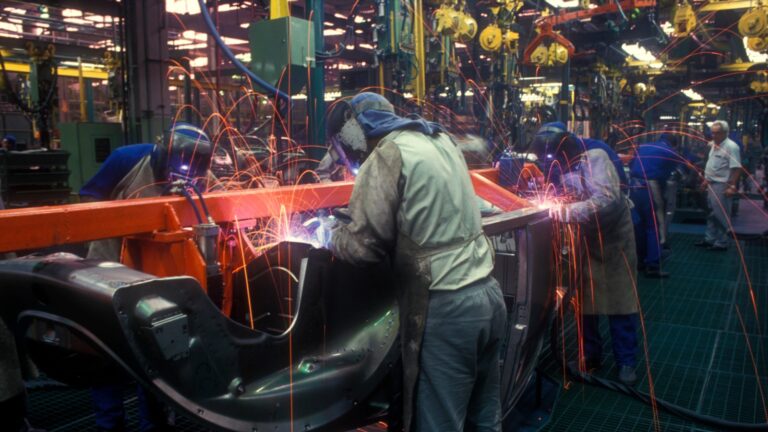
While many people are still discussing whether Industry 4.0 should be integrated into their business operations, the world is already moving on to the next big thing – Industry 5.0. Understanding the shortcomings of Industry 4.0, the central aspect of Industry 5.0 is to increase collaboration between humans and machines. In other words, the fifth industrial revolution aims to implement a human-centric focus through integration. The European Union, in particular, has been an active advocate of Industry 4.0, noting that the world should envision a new age that “aims beyond efficiency and productivity as the sole goals and reinforce the role and contribution of industry to society”. This blog will detail what Industry 5.0 is and what we can expect from it.
What is Industry 5.0?
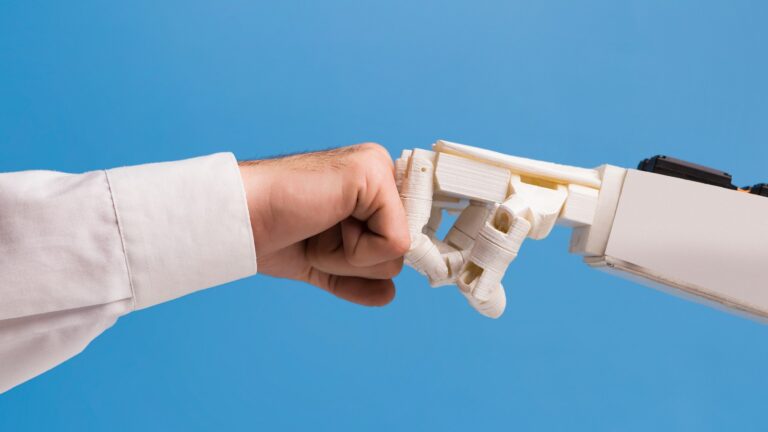
As noted by the European Union, industry 5.0 places the well-being of the worker at the centre of the production processes. It additionally uses new technologies that are sustainable for the planet and, in that sense, is very complimentary to Industry 4.0. Taken in a different way, industry 5.0 shifts its focus from economic value to societal value and from welfare to well-being. This is not the first time the industrial world has championed such values. For instance, when the world introduced Corporate Social Responsibility, Environmental, Social and Governance (ESG) or even the Triple Bottom Line. What makes Industry 5.0 stand out is that, unlike the mentioned concepts, it will merely consider sustainability and human welfare as additional factors companies must uphold; Industry 5.0 champions people and plants at its very core. As noted by Forbes, this is the first ‘radical emphasis on repurposing the core objectives of industry”.
Five Things to Look Forward to in Industry 5.0
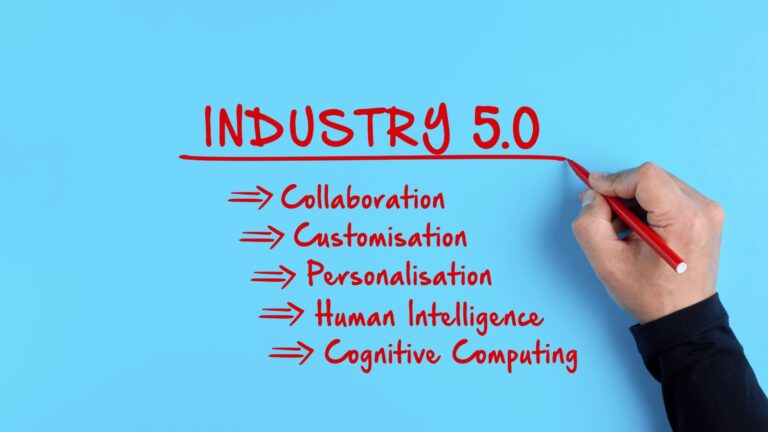
What exactly does it mean to champion well-being and the environment? How can this really be implemented? Here are five aspects of Industry 5.0 that companies can look forward to.
Reminding Manufacturers That Digital Tools Are Only to Assist Humans
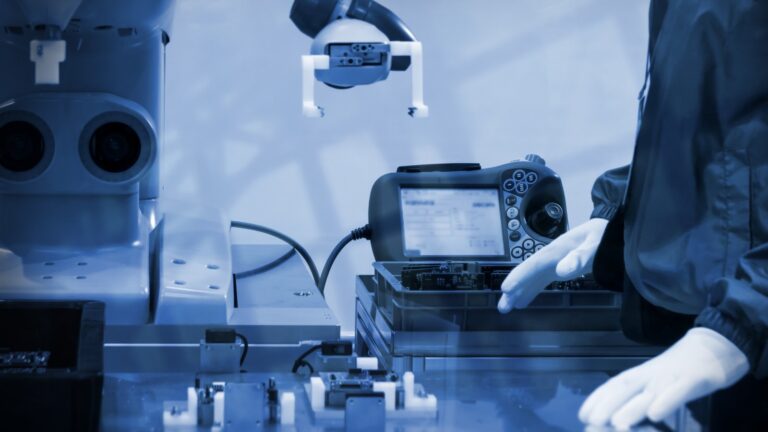
Just because Industry 5.0 shares the same goal of digitalising factories as Industry 4.0 did, it does not mean that human well-being is not prioritised. Industry 5.0 strives to balance digitalisation with recognising a human’s valuable contribution to the factory despite automation. Hence, it is vital to remember that the role of robots or any form of technology is exclusive to assisting humans and is not meant to overtake or supersede a workforce. This same idea is iterated by key silicon valley figures, including Elon Musk, CEO of Tesla, who once tweeted that excessive automation is a mistake and humans are often underrated. Thus, while the European Economic Social Committee notes that ‘the proliferation of robotic automation is inevitable’, it will only mean humans can simplify their workload. An essential point to note is that multiple stages in the manufacturing process require aspects of decision-making, thereby recognising the importance of a human to make accurate judgements.
Maximise Efficiency and Productivity
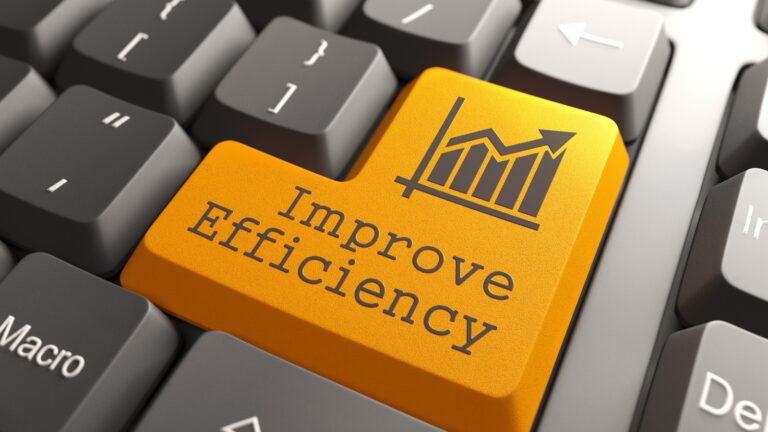
Industry 4.0 focused on interconnecting machines, processes and systems to streamline processes and maximise performance. On the other hand, the central goal of Industry 5.0 is to ensure that factories increase efficiency and productivity. One way to do this is by using collaborative robots. For example, by integrating collaborative or other forms of robots into factory processes, humans would no longer have to do physically demanding work and, instead, could focus on other important tasks. Moreover, manufacturers should never depend on robots too much. This is because while robots can perform a specific task precisely, the robot could repeatedly carry out a wrong action to complete a task unless it is rectified. Hence, robots can be integrated into manufacturing factories by instilling a camera that records the robot’s functions. This way, if the camera detects any errors or discrepancies in the robot, the worker is instantly notified to fix the problem.
Personalisation
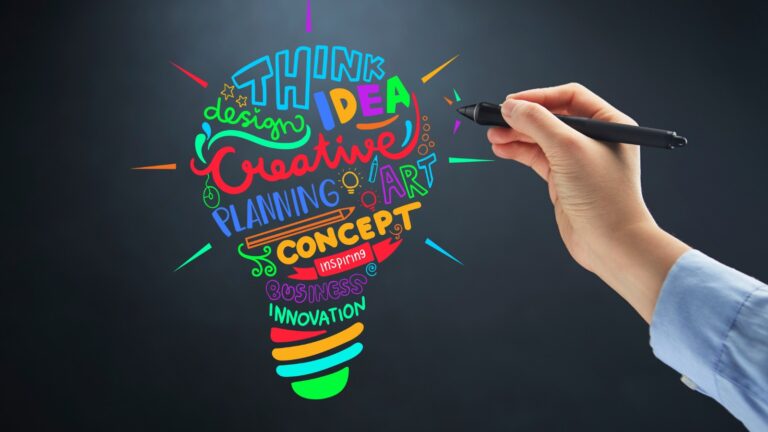
Some features of Industry 4.0 do offer leeway to personalise goods. It did this by automating mundane tasks that were time-consuming and repetitive. This provides a degree of personalisation. Traditionally it is hard to accomplish mass customisation without an efficient supply chain, without which they would be extremely expensive. In Industry 5.0, as efficiency is at the core, manufacturers can fully personalise goods. A special aspect of Industry 5.0 is that manufacturers realise that innovative technologies alone are insufficient for companies to personalise goods that meet consumers’ needs completely. Subsequently, industry 5.0 recognises that engineers, designers or manufacturing managers should have the space to not only leverage technology to be innovative but also add their own ideas. This leads to a product being made with personalisation in mind. Unlocking mass customisation with Industry 5.0 offers companies an improved and satisfied sales experience.
Introduction to a Chief Robotics Officer
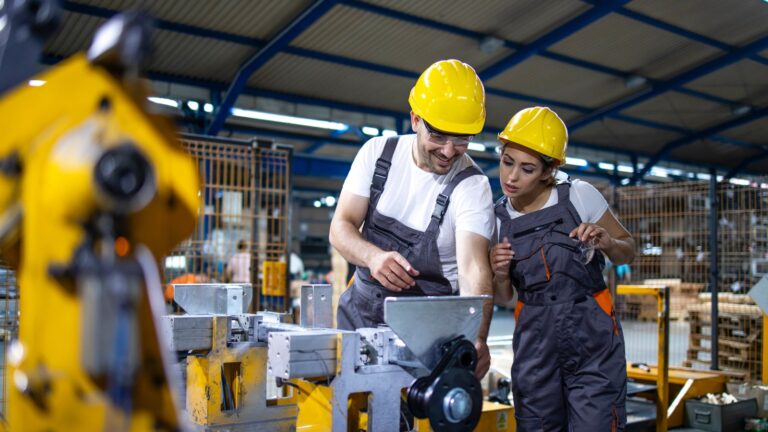
This refers to a concept of Factory 5.0, whereby Industry 5.0 recognises the importance of ensuring all employers have the relevant knowledge and training to leverage efficiency in executing their roles. A key feature of Industry 5.0 is flexibility. Instead of requiring employees to train on the job, they can take courses or certifications via online educational platforms allowing employees to safely practise, clarify and perform tasks in a safe environment. An important trained professional in this respect is the Chief Robotic Officer. This individual will ideally need to have specialised expertise in machines and operations whilst also having knowledge of robots and AI. The Chief Robotic Officer will specifically be responsible for making key decisions relevant to his expert areas.
Going Beyond the Standards of Advanced Technologies in Industry 4.0
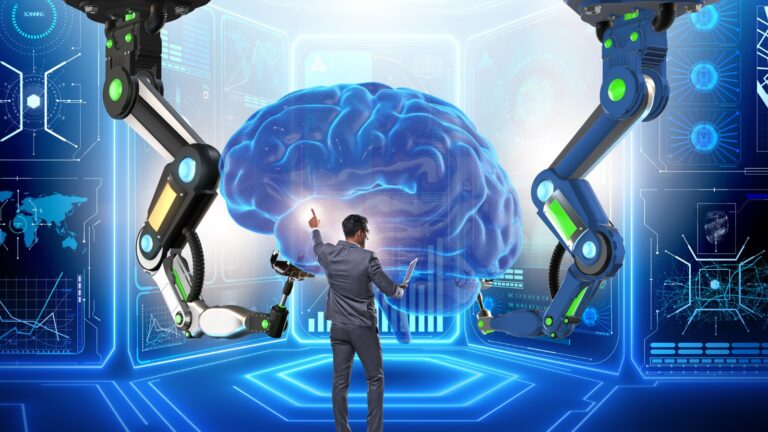
In terms of technologies, the same tools used in Industry 4.0 are used, except they may perhaps be more effective. For instance, industry 5.0 offers a better ecosystem for cognitive computing to flourish. In cognitive computing, machines combine their machine learning and natural language processing capabilities to reason within computer systems. This allows humans to work collaboratively with digital technology as if working with a colleague. Moreover, technologies such as digital twin are a definite edge for manufacturing companies that want to embrace the core objectives of Industry 5.0. As digital twin offers manufacturers to test out designers and prototypes, engineers, designers, and other key personnel can test out as many products as possible and push themselves to create goods that meet the demands of consumers. This way, the digital twin also becomes central to achieving mass personalisation/customisation. IoT and Big Data are further expected to play a key role in offering knowledge for humans to use.
An Upgrade From Industry 4.0 You Did Not Know You Needed

Currently, companies are still struggling to implement Industry 4.0. This is possibly one reason why Industry 5.0 is still not integrated by many in the manufacturing industry. Hence, while Industry 5.0 is only now emerging, with companies in Japan and Nikon making it a reality, it will take a few years for it to gain more traction. Nevertheless, the concepts and underlying values of Industry 5.0 is something that industry leaders and any company that wants to lead by example and make its mark should strive to implement. A software vendor that holds the latest digital capacities can surely help businesses make this transition.
This article is prepared by Cerexio, a leading technology vendor that offers specialised solutions in the Advanced Manufacturing Technology Sector. The company is headquartered in Singapore and has offices even in Australia. Cerexio consists of a team of experts that have years of experience and holds detailed knowledge on a range of subject matters centric to the latest technologies offered in manufacturing and warehouse operations, as well as in predictive maintenance, digital twin, PLC & instrumentation setup, enterprise integrator, data analytics and total investment system.
